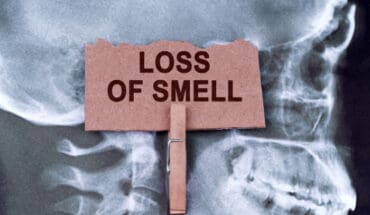We have now measured the concentration of aluminium in human brain tissue from over two hundred donors involving at least five different brain banks. This equates to several thousand individual brain tissue samples. We have information relating to sporadic and familial Alzheimer’s disease, multiple sclerosis, cancer, epilepsy and autism. If I am honest, I am slightly bemused when, correctly, the question is asked about brain aluminium content in ‘control’ tissues. Bemused because such a question does suggest that the presence of an established neurotoxin, known to cause dialysis encephalopathy, is perhaps ‘normal’ and not a cause for concern.
We recently asked the question as to how much aluminium in human brain tissue is too much (Aluminium in human brain tissue: how much is too much?) and we described an experiment in the paper to answer this question. We now have the data from this new study on the aluminium content of brain tissue from donors with no known neurological impairment and no identifiable neurodegenerative disease. The results are published in Nature’s Scientific Reports (Aluminium in human brain tissue from donors without neurodegenerative disease: A comparison with Alzheimer’s disease, multiple sclerosis and autism) and they are unequivocal.
The aluminium content of brain tissue in the control group was significantly lower than sporadic AD (P=0.0006), familial AD (P=0.0020), autism (P=0.0123) and multiple sclerosis (P<0.0001). These data also tally well with our recent research comparing aluminium in brain tissue in multiple sclerosis with an age and gender-matched group that while not having a diagnosis of MS did die of other traumatic diseases and specifically cancer-related conditions (Aluminium in Brain Tissue in Non-neurodegenerative/Non-neurodevelopmental Disease: A Comparison with Multiple Sclerosis). Again, the content of aluminium in MS brain tissue was significantly higher than the control group (P=0.004). The aluminium content of brain tissue in neurodegenerative and neurodevelopmental disease is significantly higher than is found in brain tissue in individuals without neurological impairment or associated neuropathology.
This is unequivocal. What is less well understood is the role played by aluminium in each of these conditions. However, we do know that individuals with low amounts of aluminium in their brain tissues do not have Alzheimer’s disease, multiple sclerosis or autism.
Professor Christopher Exley PhD FRSB
The Birchall Centre, Lennard-Jones Laboratories, Keele University, Staffordshire, ST5 5BG
www.nature.com/articles/s41598-020-64734-6
- Infant vaccines - 23rd April 2021
- Imagine you are an Aluminum Atom - 5th November 2020
- Aluminium in human brain tissue - 8th May 2020






